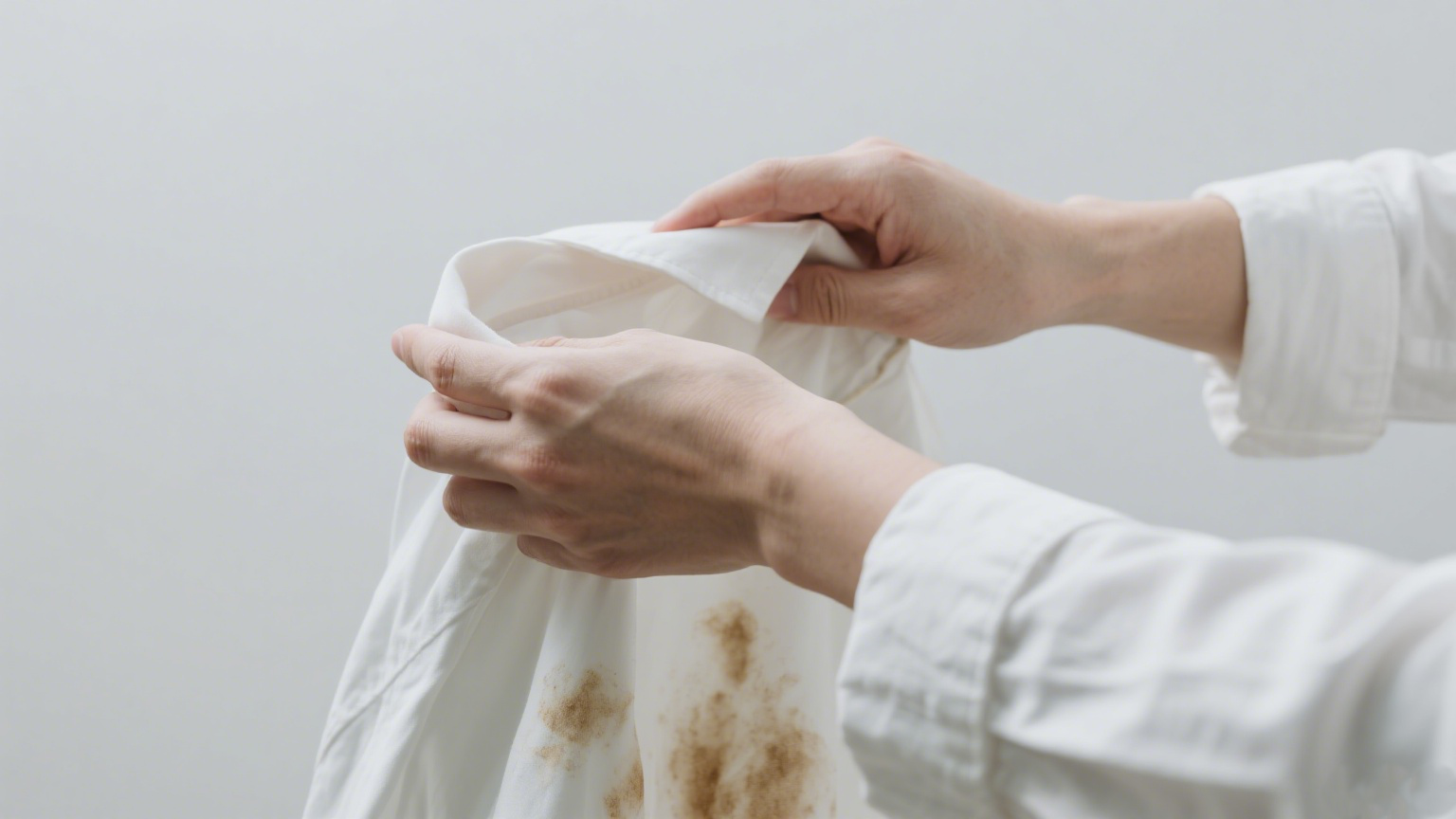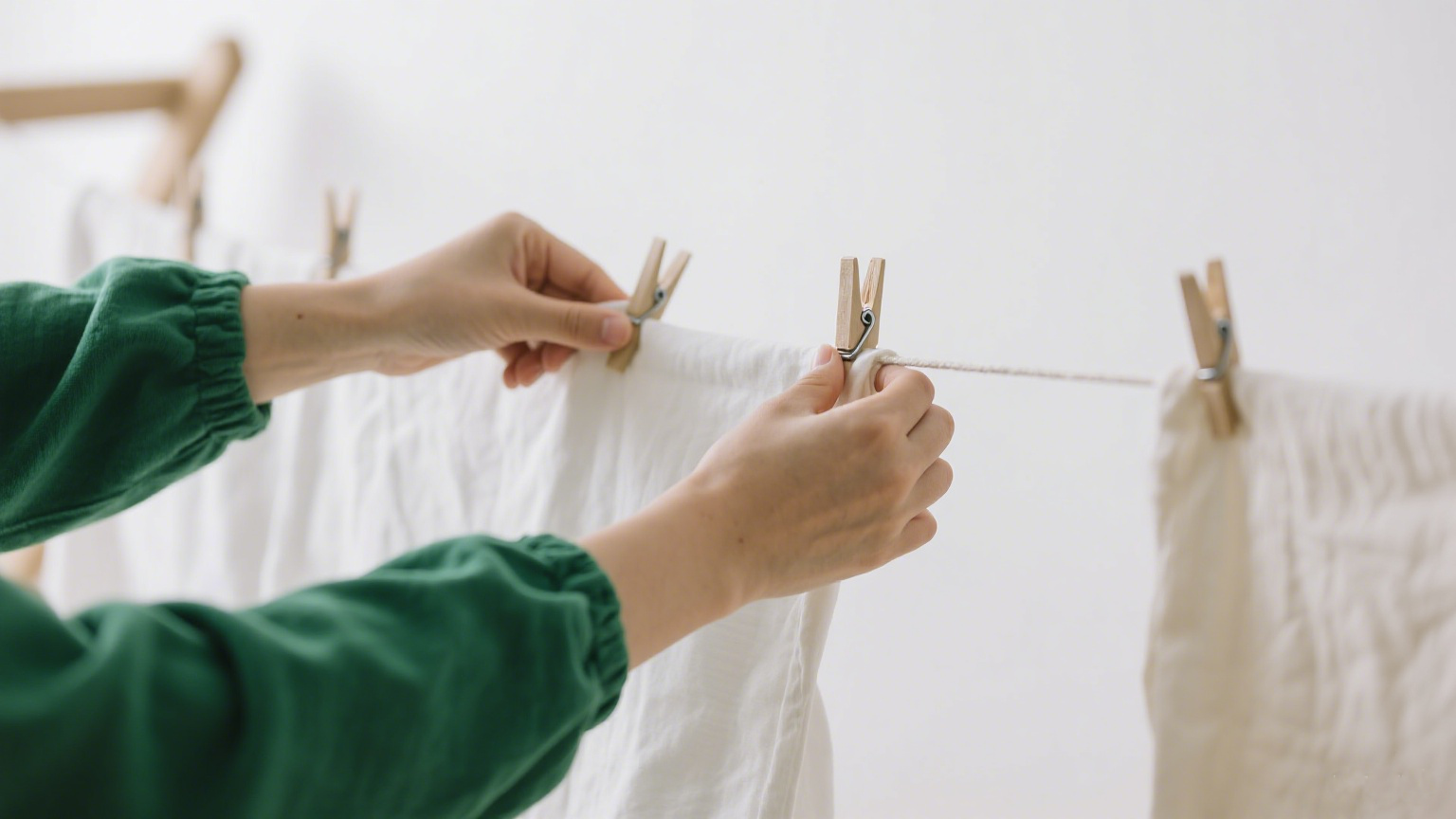Stain removal is generally done when people sort linens in laundry plants and find obvious stains, to prevent them from contaminating other linens. Some stains may be overlooked during sorting and only discovered after washing. In such cases, separate stain removal is required. Adopting reasonable and effective stain removal is the premise of the best stain removal effects. The stain removal process mainly includes: stain removal equipment, tools, methods, and steps.
Equipment and Tools
❑ Stain removal counter
It is a device especially for textile stain removal. If it has water supply and drainage systems, then it’s enough.
❑ Stain removal tool
Steam spray guns, air spray guns, dropper bottles, stain removers, pads, various containers, and PH test papers, etc.
Stain Removal Methods and Steps
❑ Methods
The stain removers for different linens and different stains are different, so the chosen conditions and methods will also be different. There are some common stain removal methods:
● Pressure spraying method
Use the spray gun equipped on the counter to remove stains. These are usually water-soluble stains. When using this method, adjust the pressure according to the condition of the linen. Linen with insufficient strength may easily be damaged.
● Scraping method
Use tools like brushes and scrapers to scrape at the stain to make the stain peel off.
● Wetting method
Soak the stains in water with a stain remover to allow the stain remover to fully react with the stain.
● Oxidation method
Use the stain remover and stains to have the oxidation reaction so as to oxidize and remove the stains.
● Reduction method
Use stain removal agents to have a reduction reaction with stains, changing the nature of the stains, and then removing the stains through water washing.
Stain Removal Steps
Different stains on different fabrics have different stain removal steps. Simplicity, quickness, effectiveness, and low damage rate to the fabrics are the basic principles of stain removal. Though the specific stain removal process and steps vary. They basically follow the following major steps
● Knowing the fabrics of the linen and the types of stains is a premise. First, people should choose appropriate stain removal methods and steps according to the types of textiles and the types of stains.
● Then, people should ensure whether to remove the stains before washing or not. Stain removal before washing means removing stains first and then doing the normal washing process. Stain removal after washing means do the stain removal separately, and then do the drying and ironing job.
● Do all kinds of preparations according to the stain removal method. Operators should wear labor protection equipment properly and should choose proper tools and stain removers in advance.
● Do the stain removal according to the methods. Basically, the steps are:
Place the stained fabric on the stain removal counter → cover it with a stain removal pad → scrub it normally with neutral detergent → add water-soluble or non-water-soluble agents to the stain area depending on the type of stain determined, moisten it, and scrub or pat it → Observe the removal of the stain → If there are still color stains after the stains have been basically removed, continue to use bleach for decolorization treatment → After the stains are treated, wash off the remaining stain remover as soon as possible → wash according to the normal washing procedure.
If some stains cannot be determined, the following order can be used to choose stain removers: non-water-soluble stain remover, water-soluble stain remover, bleach, and more vigorous stain removal methods on the basis of the specific situation.
Attention: When the types of stains are unknown, it is necessary to adopt a method from light to heavy and from small areas to large areas to avoid damaging the linen.
Post time: Jul-25-2025



